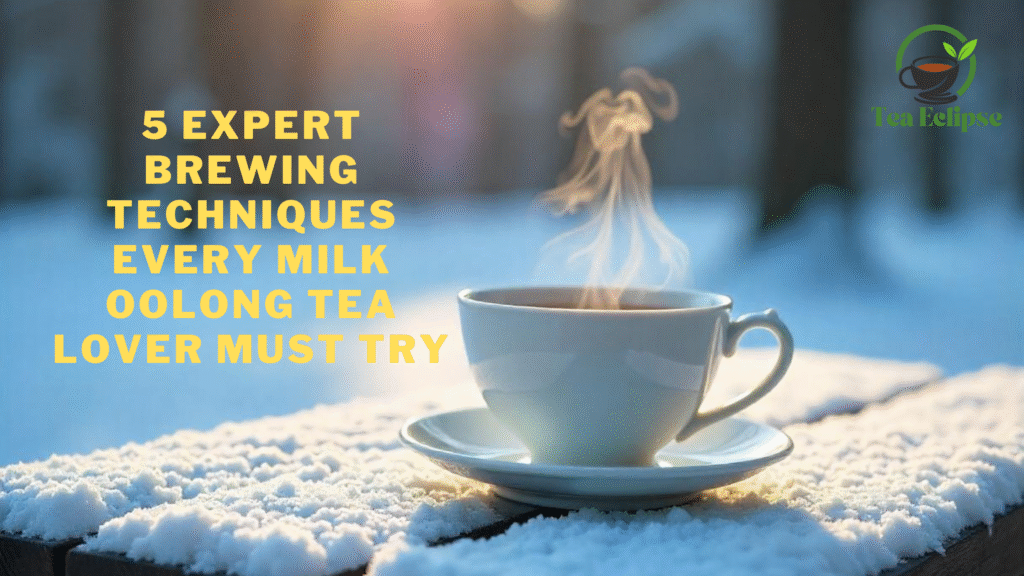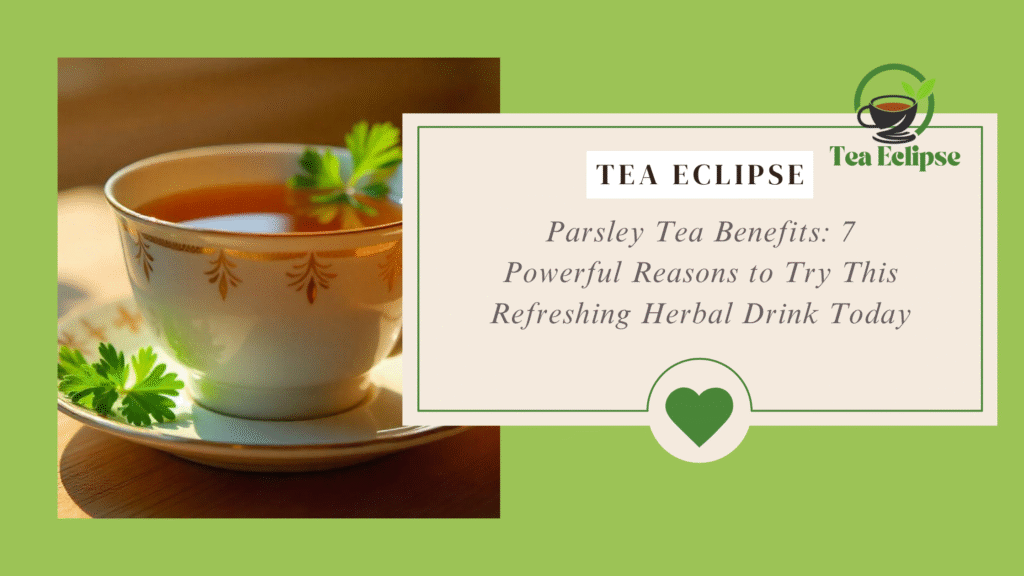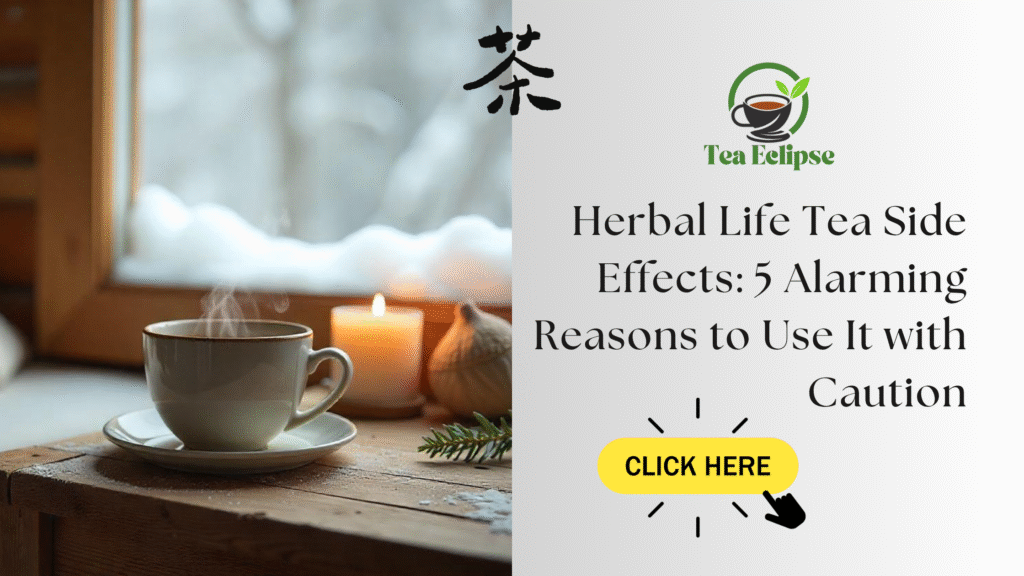Table of Contents
Introduction: Why Milk Oolong Tea Deserves a Special Brewing Approach
Thin, smooth, incredibly fragrant, milk oolong tea is the founder of its sort in the tea world. This naturally buttery tea with sweet floral notes and creamy finish is rich and elegant at the same time. As a longtime tea drinker or novice, milk oolong is a type of tea that satisfies the taste buds in a creamy and sophisticated manner.
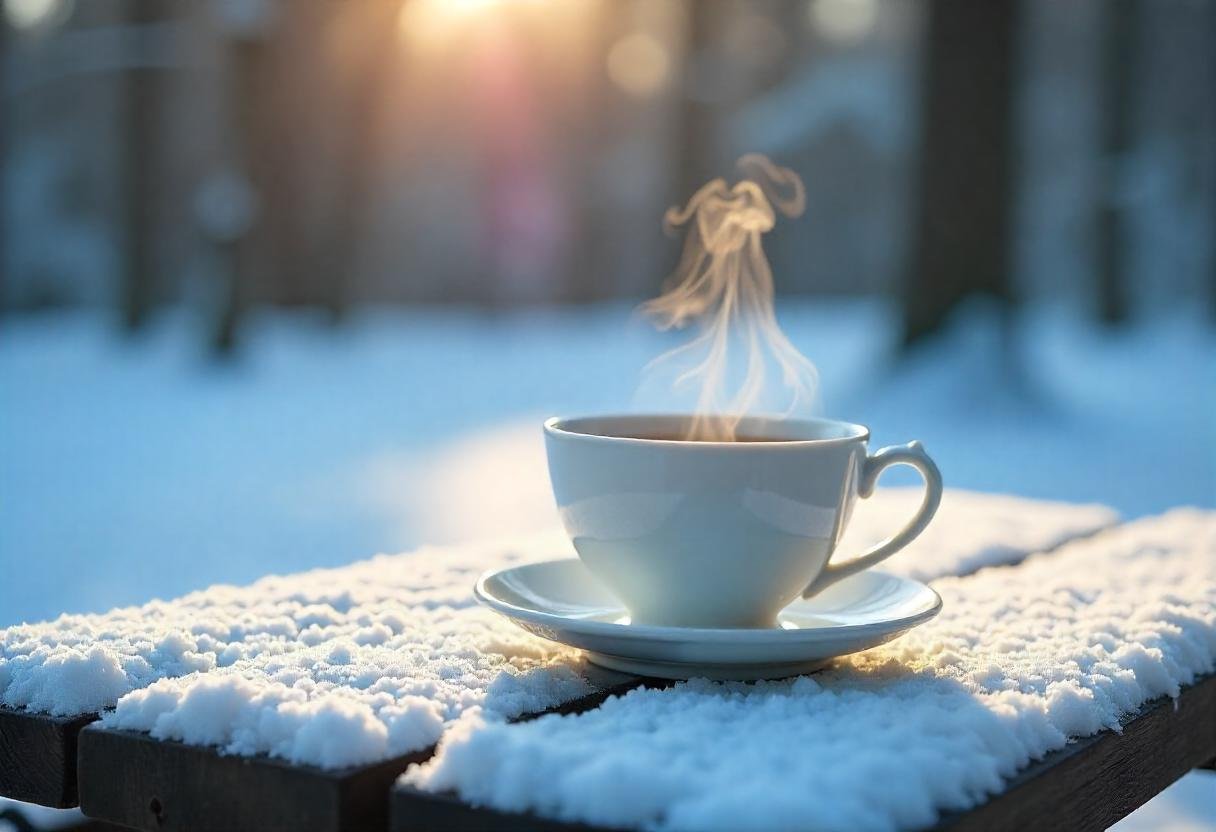
To make the full potential of it, it takes hot water and a teabag to start. It is so delicate that depending on how you prepare milk oolong, you may drastically change its taste, not to mention the orchid aroma, to the creaminess of the tea. Good techniques can convert a good cup into a memorable one.
This article will show you 5 tried and tested brewing techniques that can help you to maximise each drop of your milk flavoured oolong tea. Whether you are a new brewer or brewing like an expert, these methods have been developed to extract the absolute best of your leaves–using either a traditional Gongfu style or cold brew.
1. Master the Gongfu Style: Precision Brewing for Pure Flavor
Gongfu-style processing can be termed as the gold standard of brewing milk oolong tea, in case you are interested in experiencing the inherent depths and richness of milk oolong tea. It is a traditional technique of Chinese teas that is all about precision, patience, and appreciation of all senses, which is why it is suitable to demonstrate the multifaceted nature of oolong teas.
What exactly is Gongfu-Style Brewing, and why can it Be So Effective on Oolongs?
The term gongfu (or Kung Fu) means skill or effort, and, in the context of tea brewing, gongfu is a precisely focused small-scale approach, which is about the quality and not the quantity. It requires more leaves of the tea and shorter steeping times in further infusions, which is ideal when it comes to milk oolong tea, which uncovers creamy, floral, and buttery flavor with time.
Owing to being tightly rolled and semi-oxidized, milk oolong will show its flavours through reigning in the Gongfu style brewing, so that you will experience the change of flavour with each successive infusion.
Tools You’ll Need: Gaiwan or Yixing Teapot
- Gaiwan: A small bowl with a lid that is convenient to use, clear, and manageable
- Yixing clay teapot: It gives the flavor of the tea as it matures with a Yixing
- Fairness pitcher (optional): To pour and balance the flavor in cups
- Small cups: To take each infusion by small sips
These instruments enable the observer to monitor the growth of leaves, regulate temperature, and remain as close as possible to the smell of the tea, which is a large segment of the Gongfu enjoyment.
How to Brew Milk Oolong Gongfu-Style: Step-by-Step
- Use a high leaf-to-water ratio: 5–7 grams of milk oolong for every 100–120 ml of water.
- Water temperature: 85–90°C (185–194°F) to preserve the delicate creaminess.
- Rinse the leaves: Quickly pour hot water over the leaves, swirl, and discard. This “awakens” the leaves.
- Steep times:
- First infusion: 20 30 sec
- Leave every next infusion longer by 5 -105 seconds
- Drink 5-8 infusions (or many more) because the taste grows with every one
Before taking a sip, take time to smell the aroma as you will start to feel changes between milky sweet and floral and green, vegetal.
Why It’s Worth It
Gongfu brewing is not a method in brewing but a ceremony with tea. When used on milk oolong tea, it provides:
- More complex smell, aroma intensity
- Individual flavor that develops in a span of time
- Make more use of your leaves by infusing more than once
This technique is a sure thing, in case you are committed to oolong, and, in fact, makes a time of tea a kind of meditation.
2. Western-Style Simplicity with a Twist
To feel the creaminess of milk oolong tea, you do not have to use traditional Chinese teaware. The western method of brewing makes it easy, non-intimidating to retrieve its taste-great when your time is
How to Brew Milk Oolong Tea Using a Standard Teapot or Infuser
Larger teapots or mugs that have infusers, tea balls, or filter bags are normally used in this method. It is perfect to prepare a single or a couple of mug servings.
Step-by-step:
- Take 1 -1.5 teaspoons of loose milk oolong tea in 8 oz (240 ml) water.
- Use warm water of 85 90 °C (185- 194°F), high; warm water enough to soften the rolled leaves without scalding them.
- Infuse for two to four minutes on the first infusion.
- Take away the leaves before they become bitter.
Tip: Filtered water is always best when it comes to flavor.
Adjusting Time and Temperature for the Best Taste
Milk oolong is light- you can either overheat it or oversteep it and run the risk of losing the buttery sweetness.
- In case the tea is too bitter or strong, make the steeping period 2.5 to 3 minutes.
- When it is way too weak, perhaps add a bit more leaf or steep for 30 more seconds.
- Avoid boiled water always, as it should not exceed 90 °C, as it will kill the creamy flavours.
Tips for Re-Steeping and Capturing Subtle Flavor Shifts
Milk oolong tea is one of the teas that is fun to steep, as it changes with every steeping. You may re-steep the same leaves 2- 3 times, even with a Western method:
- In the second infusion, the steep time should be cut just a bit (because the leaves have already unfolded).
- At the third step, the profile will be less creamy and much more floral.
- Play around and take notes, you will begin to realize how steeping alters texture and smell.
Why It’s Ideal for Everyday Tea Lovers
Western-style brewing is:
- It can be easily learned using tools that most of them already possess
- Convenient, requires very little cleanup
- Flexible, no matter whether you prefer a fast coffee or a big tea break
This is a good approach to making milk oolong tea with no ceremonial accessories or requirements necessarily, whether you are new to the milky variety of the tea, or you just want a soothing routine you can do any day without any specialized paraphernalia.
3. Cold Brew for a Smooth, Sweet Chill
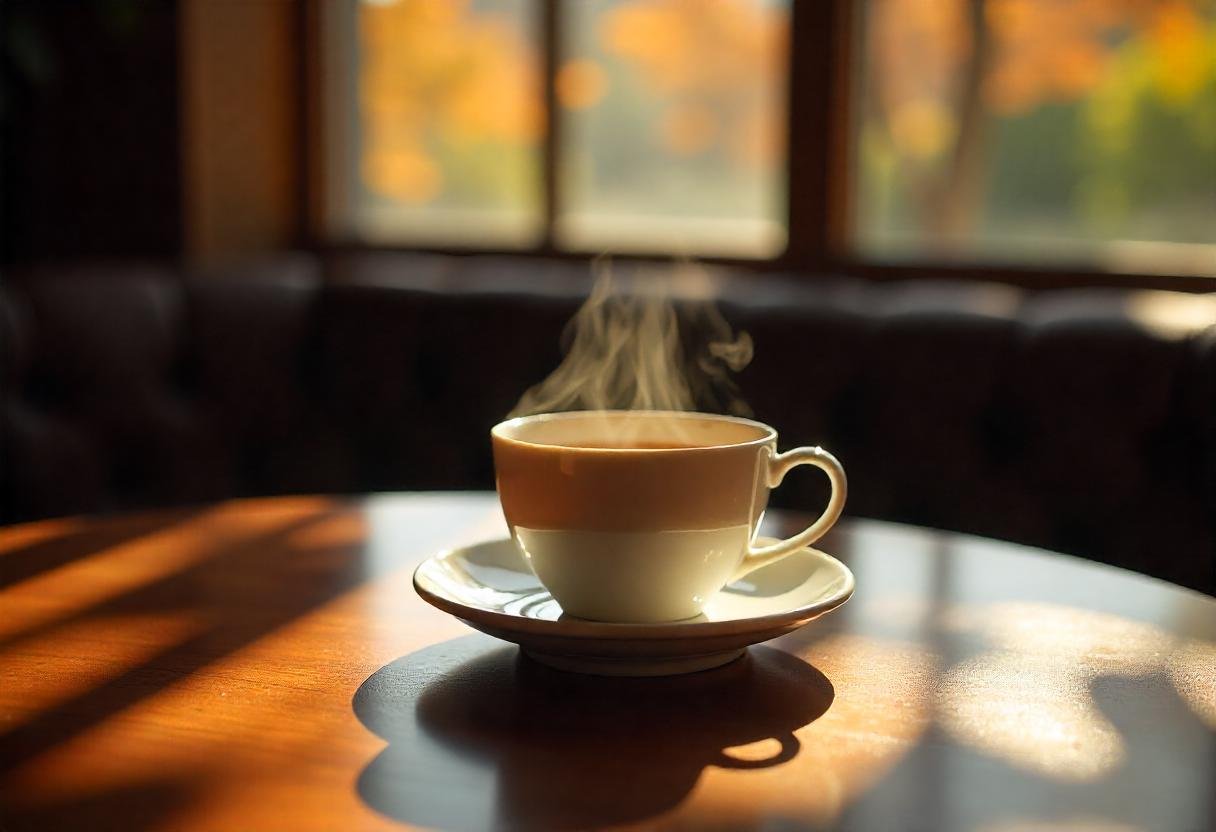
Want an icy flavor to your favorite tea? Milk oolong tea is readily prepared as a cold brew that has a naturally sweet, silky flavor that contains no bitterness. It is best to drink it on a warm day or with your meal, or between meals.
Why Cold Brewing Works So Well for Milk Oolong Tea
Other than a slower and gentler way of extracting flavors, cold water:
- Keeps the tea compositely creamy and with a flowery smell to it
- Removes the bitterness or rough notes that are common with over-steeped hot brews
- Increases the sweet qualities, which are smooth and refreshing
The buttery sweetness of milk oolong tea is extremely clear by using this technique.
How to Cold Brew Milk Oolong Tea Step-by-Step
- Measure your tea: Use 1 tablespoon (about 3g) of loose milk oolong tea per 250 ml (1 cup) of cold, filtered water.
- Add to a glass pitcher, mason jar, or cold brew bottle.
- Chill and steep 8-12 hours (overnight is best).
- Serve on ice, strain and enjoy, or serve ice cold right out of the fridge.
Optional: Add a little twist of mint leaf, a piece of peach, or a drop of honey.
Flavor Notes You’ll Discover with Cold Brew
In contrast with hot brewing, cold brew will emphasize:
- Smooth as silk
- Sweet and not astringent
- More floral and milkier undertones
It is also an awesome means of experiencing the lighter part of milk oolong tea, coupled with proper hydration.
Why It’s Worth Trying
- No-fuss: To watch the temperature and time is not necessary.
- Portable: It is ideal when it comes to carrying to work or to go to the gym, or going on a walk.
- Flexible: Can be done on a large scale and consumed within 3 days in the refrigerator.
The highest form of laissez-faire technique is cold brewing, which is also surprisingly handy in making one fall in love with milk oolong tea all over again.
4. Grandpa Style: No Fuss, All Flavor
Lacking leisure to enjoy nice teaware, or second infusions? One not-so-obvious, and one of the simplest ways to appreciate milk oolong tea is in the so-called Grandpa style, as it can be commonly referred to. Easy, carefree, and surprisingly, it was very tasty; it lets you brew the tea in the cup and drink it.
What Is Grandpa-Style Brewing?
The concept of brewing Grandpa-style is well known among Chinese tea drinkers and adherents of minimalism at large: add loose leaf tea into a mug or glass continuously and pour hot water into it as you go.
High-quality tea, such as milk oolong, needs it as it takes time to brew and does not reach the bitter stage so easily.
How to Brew Milk Oolong Tea Grandpa-Style
- Transfer 1-2 teaspoons of milk oolong tea to a tall mug or heat-proof glass (no strainer required).
- Add boiling water, at 8590 o C (185194 o F).
- Leave the leaves to lie and subside-there is no necessity to take them away.
- Drink slowly, adding hot water when needed. Over time, the leaves will gradually unfold and become more palatable.
Tip: to have a glimpse of the leaves unfolding as they go up, place a clear glass to watch the leaves unfold- a beautiful sight to see, as it is a taste experience.
Why It Works So Well with Milk Oolong Tea
- The tightly rolled milk oolong leaves open up slowly, which implies that when you pour this tea, it would not be too powerful as it releases the flavor because it opens up slowly.
- You will have a refill-to-refill variation, like creamy, flowery, greener, and toastier.
- It is a conscious, relaxing tea drinking experience suitable to pass time during a work-at-home day or while reading a book.
Who Will Love This Method?
- Busy tea enthusiasts who desire an uncomplicated method of brewing tea
- Minimalists who hate additional devices or clutter
- Oolong enthusiasts with an interest in investigating the history of the tea in a single sitting
When you prioritize convenience and naturalness, the Grandpa-style brewing is the technique that will allow milk oolong tea to enjoy its full potential without any obstacles between the leaf and the water.
5. Milky Match-Up: Experiment with Milk & Milk Alternatives
Although milk oolong tea characteristically has a naturally creamy taste, tea drinkers occasionally like to add more or less richness, pouring a bit of milk into it, or trying to discover the flavour-and-texture pairings of the various plant-based alternatives.
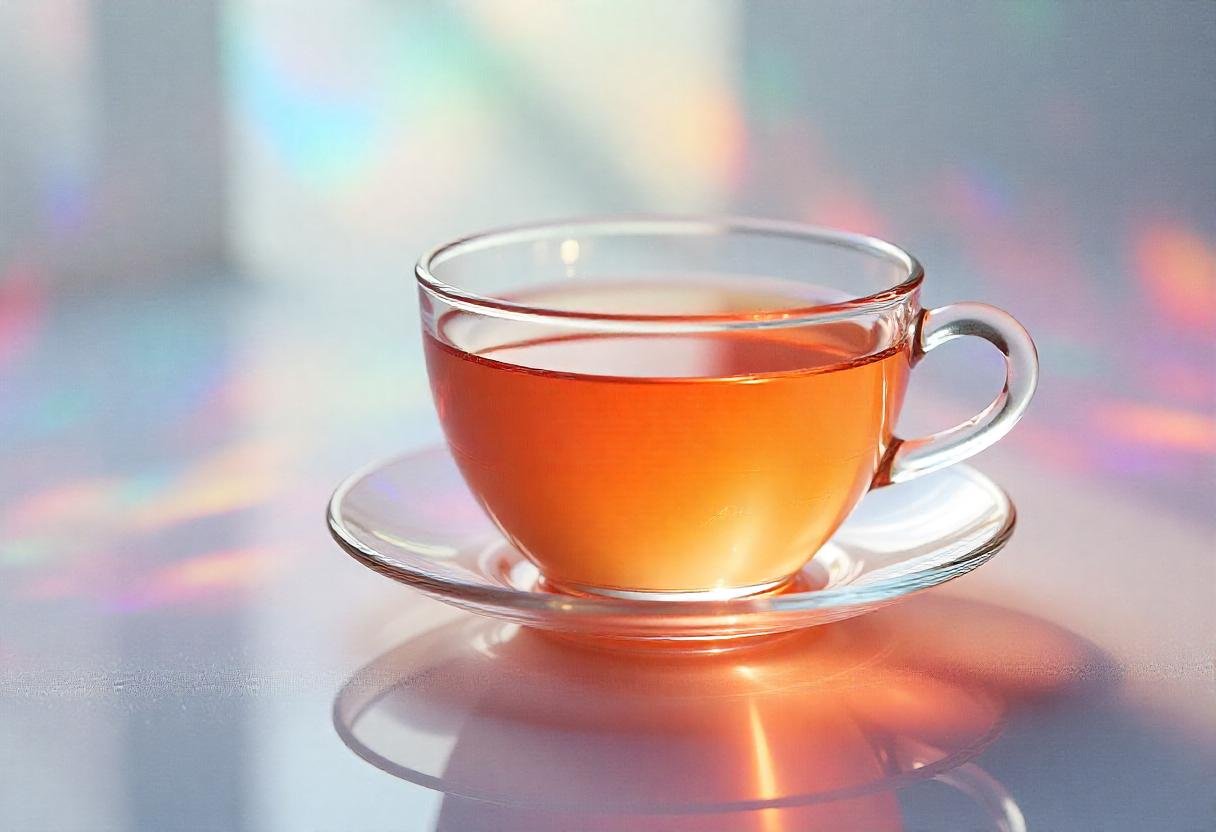
But is milk to be added to milk oolong? The solution is based on your interests and personal taste.
Should You Add Milk to Milk Oolong Tea?
Milk oolong is traditionally drunk uncooked, particularly in instances of high-quality, in which there are inherent creamy notes. But with the addition of mil,k it can:
- Enhance the butter, dessert-type flavour of the tea
- Make your own milk tea or a latte-type drink
- Bring it closer to coffee enthusiasts or novices of tea consumption
With that said, purists might want their tea as-is so as to bring out its delicate nuances.
Best Milk and Milk Alternatives for Oolong Lattes
Steaming or frothing, these choices are experimental, but go ahead and experiment!
- Whole milk- the traditional and creamy milk, improving natural creaminess
- Oat milk- creamy and slightly sweet, it mixes well with floral notes
- Almond milk -Light and nutty, good when you want something thin-bodied
- Coconut milk Exotic flavor, a sweet tropical flavor
- Soy milk (barista blend) Foams well and does not break flavor
Pro Tip: Go unsweetened to bring out the oolong.
How to Make a Milk Oolong Tea Latte (Hot or Iced)
- Steep make milk oolong 2 times (twice the tea, water is the same).
- Warm and foam your preferred milk.
- Put tea in a mug or a glass, and add some frothed milk.
- Optional: A splash of vanilla or honey would be nice, giving it a dessert-like touch.
- In the case of iced versions, cool the tea before serving it cold on ice and adding cold milk.
Why It’s Worth Exploring
- Entertaining and flexible to cater to all who are creatively involved in tea enzymes
- Good method of exposing coffee drinkers to milk oolong
- Makes your tea experience a snug and latte experience
Tried and true or an experimental tippler, fiddling around with milk accompaniments can enable anyone to realize milk oolong tea in a completely new dimension.
Conclusion: Discover the Perfect Brew for Your Milk Oolong Tea
Milk oolong tea possesses a naturally creamy flavor and fragrance of flowers; therefore, it should not be approached as a down-to-earth beverage with a standard brewing technique. No matter whether you are to experience the magic of the Gongfu-style method of brewing, the magic of the minimal Western methods, or the taste of the cold brew iced tea, the method is perfect, depending on the mood, the situation, and the tea fan.
These 5 tricks of pro scarcely can leave your taste buds undiscovered: each of these methods will enable you to identify new layers of flavor: buttery and sweet to nutty and flowery. Then experiment with them all, with what suits you, and turn every glass of milk oolong into a complete cup of tea.
Explore More Details – Click to Learn!
FAQs About Milk Oolong Tea
So, how does milk oolong differ from ordinary oolong?
Milk oolong tea is a semi-oxidised tea that adopts a naturally buttery texture and creamy fragrance. Its flavor profile of smooth, milky has been described as floral and slightly sweet, unlike other oolongs, which do not require milk of any kind.
Is milk oolong tea really made up of milk?
True milk oolong does not have dairy. The creaminess is its natural flavoring because of the growing variety and the oxidation process. Some flavored ones might, however, be artificially perfumed or mixed with milk flavoring: always look at the label.
Is it possible to re-steep milk oolong tea leaves?
Absolutely! Milk oolong can be best used in several infusions, more so when prepared in a Gongfu-style. It is exquisitely flavored, which develops through 3-8 steeps, as each passing steep makes it exponentially floral and sophisticated.

